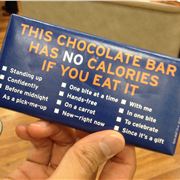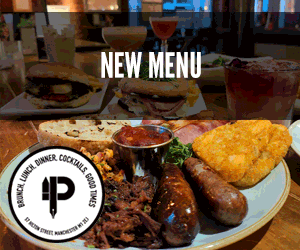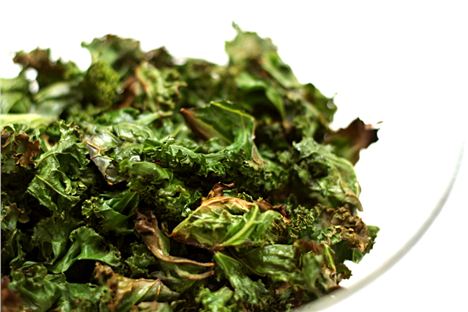IF you read my last article and followed my advice, by now you should have a good idea of what you’re eating and and your underlying feelings before, during and after eating.
Craving salty foods is often a sign that your diet may be deficient in calcium, potassium or iron. If it’s chocolate that’s calling you then there are a couple of likely culprits.
As a women’s personal trainer with around 30 years personal experience of disordered eating and yoyo dieting, I know that whilst we’re all individual there are a number of common themes which inhibit our weight loss efforts.
I’m happy to take a punt that a large number of you ladies with weight issues who are reading this (and the men too) have one or more of the following issues appearing in your food and mood tracker:
- Food cravings
- Emotional eating (stress/boredom/anger etc)
- Unconscious eating (eating on the go/whilst doing something else)
- Overeating (extra-large portions)
- Bloating after eating
- Sluggish after eating
- Hunger soon after eating
All of these issues (and more besides) are a result of chemical reactions and hormone imbalances which mess with our body’s ability to process toxins and effectively remove excess fat from the body.
Over the coming weeks I’m going to share information and advice on all of these issues, starting this week with the first one on the list - food cravings.
Before looking at how to combat food cravings, let’s have a look at why they occur.
There are numerous reasons why we get food cravings, some of them emotional, some of them nutritional and for now I’m just going to concentrate on the nutritional reasons.
There are generally thought to be two main nutrition based reasons for food cravings: mineral deficiency and insulin resistance.
Looking firstly at nutrient deficiency, craving salty foods is often a sign that your diet may be deficient in calcium, potassium or iron. If it’s chocolate that’s calling you then there are a couple of likely culprits. The first is a magnesium deficiency (especially if your craving occurs when you are premenstrual). You can check out loads of information about magnesium in my article Magnesium - Power Mineral.
Alternatively, your brain might be needing a serotonin (the happy hormone) boost – chocolate is nature’s antidepressant and your body automatically craves it when you’re feeling down.
You may have already heard and/or read a lot about insulin resistance in the media. It’s one of the precursors to Type 2 diabetes – a hot topic in the never ending obesity debate.
 Now just in case you don’t already know, I want to share a little secret with you: It's not fat that gets stored as fat - it's sugar.
Now just in case you don’t already know, I want to share a little secret with you: It's not fat that gets stored as fat - it's sugar.
Yes, you read that right, sugar (refined and processed carbohydrate) is the biggest culprit in the fat loss battle. Insulin is released by the body to process carbohydrates (sugars) that you eat. When you eat a lot of sugary food the body responds by producing a lot of insulin (an insulin spike) to process it.
If you continue to consume a lot of these high sugar foods, overtime our body stops reacting properly to the insulin being secreted – in other words you become insulin resistant. If your body doesn’t respond properly to insulin glucose isn’t transported to your cells which means your cells are deprived of the energy you need to function. The resulting high blood sugar can cause, amongst other things, huge food cravings.
Enough about the why though, let’s have a look at what you can do to beat those cravings.
Nutrient deficiencies can often be easily combated by increasing your intake of certain foods. Here are some ideas to get you started:
Calcium: Yoghurt, tofu, sesame seeds, sardines, goats milk, dark green leafy vegetables (spinach, kale etc). Note: If you’re wondering why I haven’t included milk, yoghurt and cheese, check out the tips for insulin sensitivity.
Potassium: Swiss chard, spinach, beans & pulses, potatoes.
Iron: Beans & pulses, spinach, tofu, sesame seeds, olives.
Magnesium: pumpkin, sunflower and sesame seeds, spinach, swiss chard, halibut, cashews, almonds.
To help combat cravings resulting from insulin resistance, here’s a little list of foods to avoid and thus improve your insulin sensitivity:
High GI foods - processed foods, white carbs.
Sugars - including honey, agave syrup and artificial sweeteners.
Dairy - it also causes an insulin response even though it’s low GI.
As well as removing foods from your diet, you can also improve insulin sensitivity by including more of the following in your meals:
High quality protein - such as lean meat & poultry, fish, legumes etc
Good fats - (remember it’s sugar not fat that makes you fat!) that are high in essential fatty acids such as avocados, oily fish, flax seed etc
Exercise - Losing weight will help with reducing your body’s resistance to insulin and eating well combined with effective exercise is the key to losing weight. My previous articles, Lift Weights To Lose Weight and The Jessica Ennis Effect, tell you everything you need to know about what makes exercise effective, so what are you waiting for? Get of the sofa and get moving (once you’ve read the articles of course).
Next time I’ll be sharing information and tips on the emotional aspects of cravings but until then here’s to a fitter, healthier and happier 2013...
Sara Perry is a Personal Trainer & Development Coach passionate about helping women over the age of 40 live fitter, happier and healthier lives.
For more information visit www.renaissance4women.com or email info@renaissance4women.com
Follow Sara on Twitter @renaissance_4w













